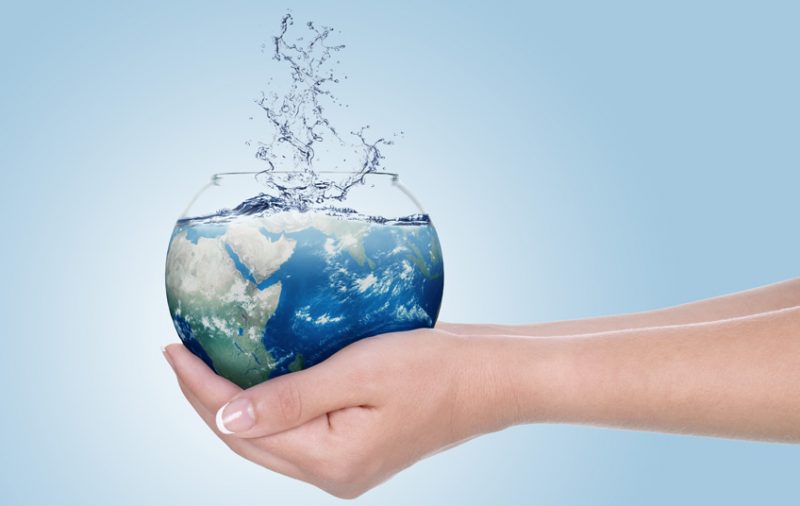

Finally, some attention from the top
Speaking to his countrymen in ‘Mann ki Baat’, the programme on All India Radio which has been a popular and innovative way for him to reach out and share his views, besides feedback from listeners, Prime Minister Modi’s focus on water conservation and a mass movement for the same across the country is indeed welcome. Because, the water issue does not just require the Prime Minister’s support, but his full backing to make it the truly defining story of his term now, just as the Swachh Bharat or national cleanliness drive was in his previous term.
Acknowledging the Challenge
He stressed on three aspects to work on, for everyone. His three requests included making water conservation a mass movement like his Swachh Bharat Abhiyan or national cleanliness drive, retrieving and sharing information on traditional water conservation methods , and finally, helping build a national database of service providers and organisations with a proven record in successful water harvesting and conservation projects. The hashtag #janshakti4jalshakti was also mentioned as a possible option to share and collate all the information.
While one could read exactly what the PM has said in his message, one does hope that his message also finally acknowledges the real scale and extent of the crisis facing the country, if the numbers haven’t made it obvious yet. 4% of freshwater resources for 16% of the world’s population should have been enough, but it has taken an increasingly erratic monsoon and day-zero like conditions in critical cities like Chennai to bring home the crisis to every Indian.
“A few days ago I tried to do something different. I wrote a letter to the Sarpanchs and Gram Pradhans across the country on the importance of water conservation and how to take steps to create awareness on the subject across rural India,” he said.
No Quick Fixes
And yes, the fact is, the water challenge India faces requires PERMANENT changes in the way we have treated this resource, and how we handle it in the future. With just 8% of rainwater being actually ‘captured’ for later use, the country needs to take a major relook at the ‘modern’ methods like canals and irrigation channels it has chosen to depend on, at great cost. Traditional methods like tanks, wells, and check dams need a relook in a big way for mass adoption again, with local involvement. Because like the cleanliness drive, any such mission will work only with local ownership and involvement.
While these methods do not offer the headline-grabbing numbers of huge spends and large monuments to those spends, the challenge is actually bigger, both in terms of the resources required and in changing mindsets of people, in a period when the government is targeting piped water to every family.
Well Established Challenges
We have written about the big challenges earlier too, and lets hope the early signs turn out to be right for the country too. Because this is an area where no doomsayer would like to be proved right.
1. The mandate for blending Compressed Biogas (CBG) with natural gas has come into effect…
Andhra Pradesh is striving towards greening its energy sector with quite some speed. In a…
With an objective to bolster India’s green energy goals, a Tripartite Agreement has been signed…
The Union MNRE Minister Pralhad Joshi launched the Green Hydrogen Certification Scheme of India (GHCI)…
India’s energy conglomerate Bharat Petroleum Corporation Limited (BPCL) has commissioned a 5MW green hydrogen plant…
In a historical development, the European Space Agency (ESA) has successfully launched its pioneering ‘Biomass’…